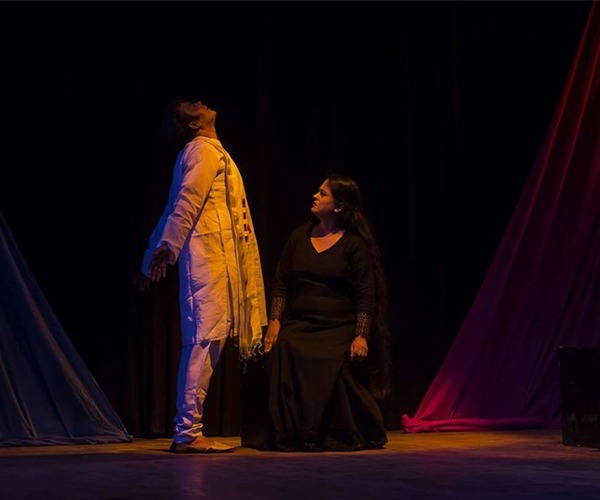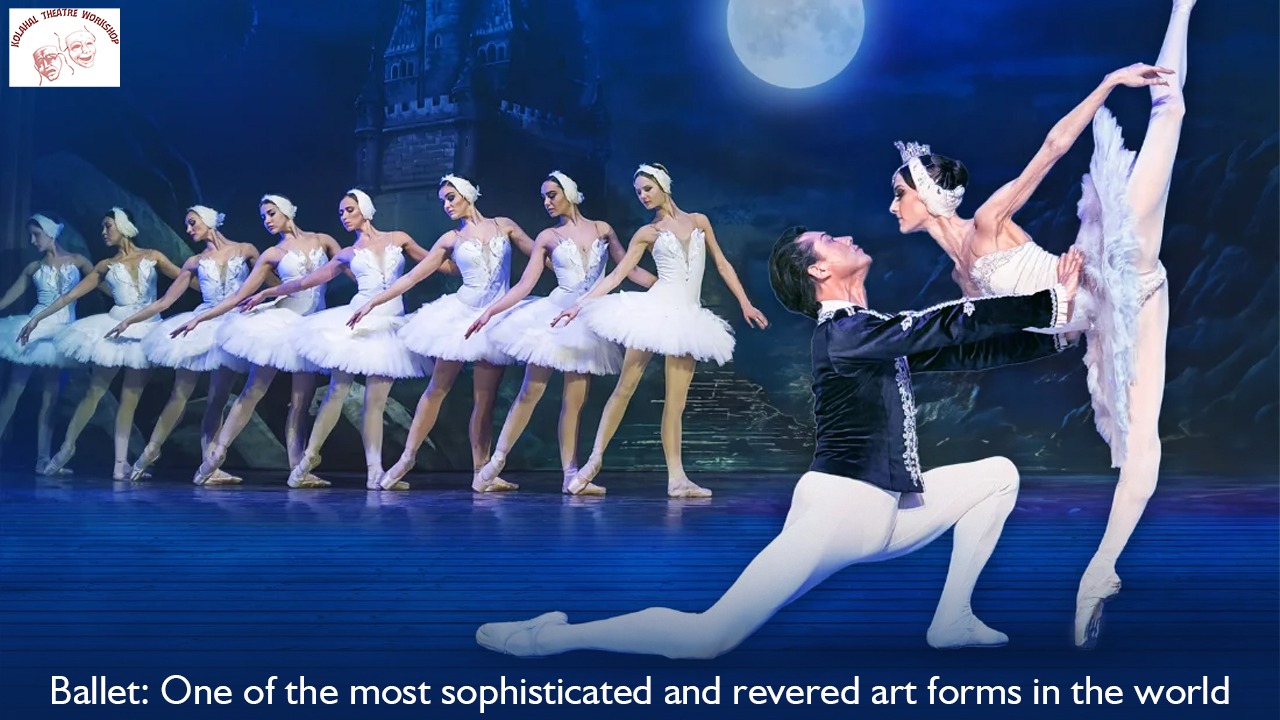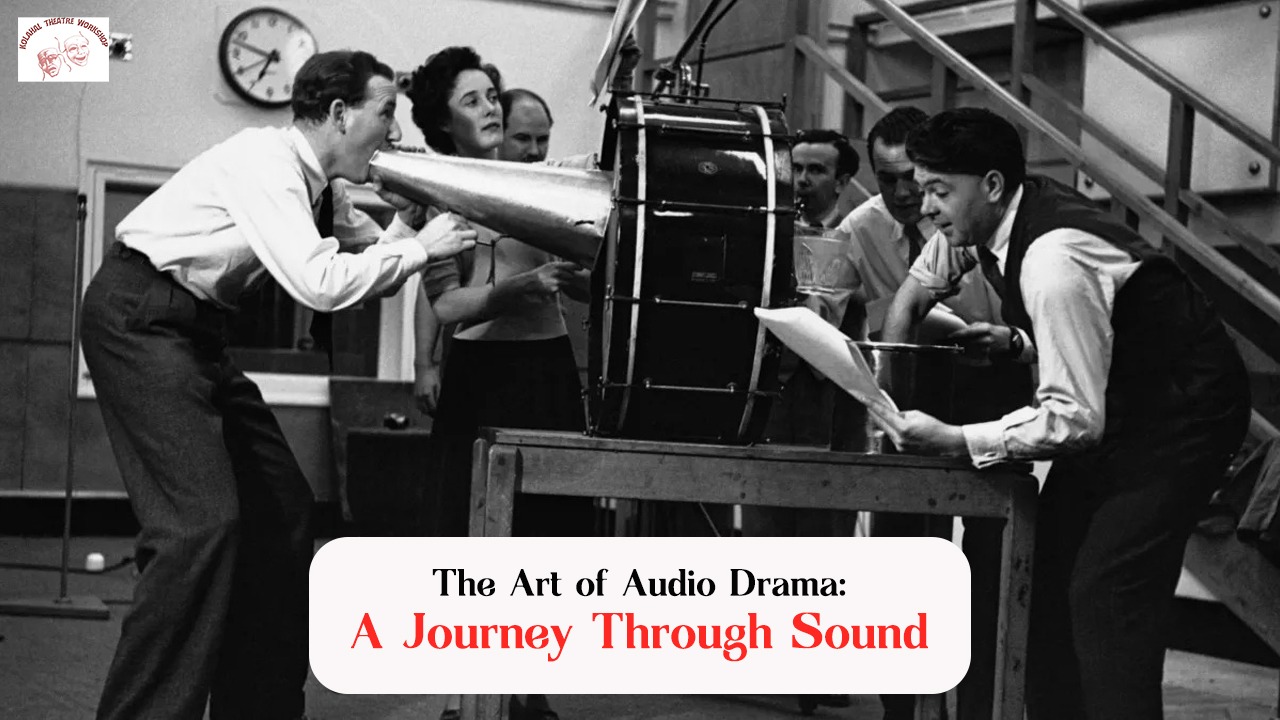INFLUENCE OF EUROPEAN THEATRE ON BENGALI THEATRE
In India, theatre is an ancient form of art and several historical facts suggest that theatre existed in Indian Subcontinent from the dawn of civilization. According to Bharata Muni, the writer of “Natya Shastra”, drama was a gift from the Gods to the humans. Sanskrit drama, that can be referred to as the predecessor of Bengali drama, flourished at this time and its golden period lasted till 5th century. Modern bengali theatre has a legacy that has drawn inspiration from several sources.
Modern theatres, that can be clearly identified as Western Proscenium style of theatre, was not introduced in India before the consolidation of the British empire in various parts of India. Thus, theatre came to Bengal from England via the early British traders and colonial rulers of Calcutta. Spread of western education, growing affluence of the trading families, rise of the native middle class, exploding growth of Calcutta and contact with English dramatic literature as well as English theatrical forms together contributed to the growth and development of Bengali theatre. INFLUENCE OF EUROPEAN THEATRE ON BENGALI THEATRE
THE EUROPEAN CONNECT :

Initially, the colonial theatre came up in Calcutta as an imitation of the London stage and an extension of the colonial lifestyle. The professional actors from London joined hands with local English civilians living in Kolkata, to form acting companies that were modelled on their London counterparts.
The Old Playhouse (1753), the New Playhouse (1775) and the Chowringhee theatre did good business among the expatriate British community mostly, because native Bengalis were initially not allowed entry in these places. Later, however some successful bengali entrepreneurs became very wealthy and appreciative of the English cultural practices and they flocked to these theatres.
The first effort to produce a Bengali play, albeit Western style, goes to a Russian adventurer Herasim Lebedeff, in 1795. He made himself well-acquainted with the classical Indian language and dramatic techniques of the Indians. He devoted a lot of time to organise a company of Bengali actors and taught them to act in European style. With the help of his competent language tutor, he translated two English plays ” The Disguise” and “Love is the best doctor ” into Bengali and also introduced a host of Indian characters in the play.
He then erected a Bengali theatre at 25 Domtallah Lane in Central Calcutta and decorated it in Bengali style. The shows of these two plays were staged on 17th November 1795 and on 21st March 1796 and attracted a huge audience. However, soon after this, owning to severe rivalry issues and financial problems, Lebedeff left Calcutta.INFLUENCE OF EUROPEAN THEATRE ON BENGALI THEATRE
ROLE PLAYED BY YOUNG ENTERPRISING BENGALIS :

With the stage thus set, many young art enthusiastic Bengalis came forward and started establishing their own theatres. A cluster of playhouses started coming up in and around Kolkata, of which the Dumdum Theatre and Baithakkhana theatre are worth mentioning. However These apart, the aristocratic babus of Bengal started staging plays in their palatial homes. One such forerunner was Prasanna Kumar Tagore. On 28th December 1831, he built a make shift auditorium in his home at Narkeldanga.
Although only a few English plays were staged there . However It was a new beginning that was followed upon by others, like babu Nabin Chandra Basu, Radha kanta deb, Durga choron Dutta, Piyari mohon Basu and others . They all set up theatres in their own residence. Shyam bazar theatre established by Babu Nabin chandra Basu staged the play ” Bidyasundar” in a lavish manner, and with an ensmble caste. Later, the Jorasanko Natya shala ( established in the ancestral home of Tagore family), the Belgachhia Natyashala ( established by the Raja of Paik para) and other similar theatres housed quite a few Bengali as well as English plays. Thus it can be said that though English plays played a pivotal role in shaping the bengali dramatic style of 19th century, yet the contribution of Sanskrit plays can never be undermined.




